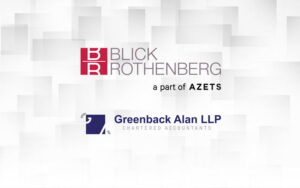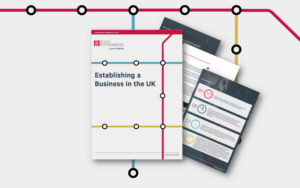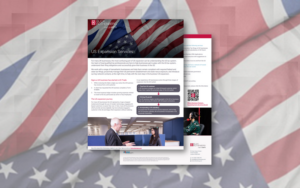What do landlords need to know about the new FRS102 accounting rules for operating leases?
Landlords need to ensure they understand the impact of the new accounting rules, so that they have a full understanding of the ability of their tenants to meet their rent liabilities
New FRS102 accounting rules for operating leases
Businesses whose accounts are drawn up in accordance with Financial Reporting Standard 102 (FRS 102), will be reporting operating leases (including leases for properties) in accounts beginning on or after 1 January 2026.
What are the changes?
Currently, operating leases are kept off the balance sheet. Rental payments are recorded as expenses over the lease term, and the notes to the accounts report the length of the lease and future rent liabilities. Under the new FRS 102, lessees are required to record a ‘right-of-use’ asset and a matching lease liability in the business balance sheet. This change will add complexity for businesses unfamiliar with this detailed lease reporting.
No Changes for Landlords
For lessors (e.g. landlords), the revised FRS 102 brings no major changes. The treatment for rental income remains the same, offering stability for property owners who act as landlords.
Exemptions and Comparative Periods
The revised FRS 102 includes exemptions to ease compliance for simpler leases:
- Short-term Leases: Leases under 12 months don’t need to be capitalised and can still be treated as operating leases.
- Low-value Leases: Leases for low-value assets (like small office equipment) can also continue as operating leases.
Comparative figures will need to be restated for the financial year immediately preceding the first year of adoption (e.g. for businesses with a 31 December year-end, the comparative period for 2026 will be 2025). This restatement allows stakeholders to understand the changes more clearly and compare year-on-year results effectively.
Impact on Financial Metrics and Reporting
For lessees, recognising lease liabilities and right-of-use assets will impact key financial metrics like gearing ratios and EBITDA. The new approach of capitalising leases can lead to higher expenses early on, due to front-loaded interest and depreciation. This may influence how stakeholders assess financial health and profitability of lessees.
Lessors (Landlords) need to understand the impact of the changes on the accounts of their tenants, and in particular the impact of EBITDA and gross assets to ensure that they understand the financial strength of their tenants and prospective tenants and thus negotiate the correct covenants/guarantees when negotiating leases.
What can you do to prepare?
Landlords need to ensure they understand the impact of the new accounting rules, so that they have a full understanding of the ability of their tenants to meet their rent liabilities. As always, the actual cash generated by a business is the key measure of whether a tenant can pay their rent. As many UK companies are not required to present a cash flow in their financial statements, an ability to interpret the profit and loss account and balance sheet, prepared in accordance with the new rules, is going to critical.
Would you like to know more?
If you would like to find out more or have any questions in respect of the new FRS102 accounting rules for operating leases, please contact your usual Blick Rothenberg contact, or Mark using the form below.
Contact Mark

You may also be interested in

Contractors and subcontractors in the UK construction sector must understand the Construction Industry Scheme

Vodcast – Steve Rigby











